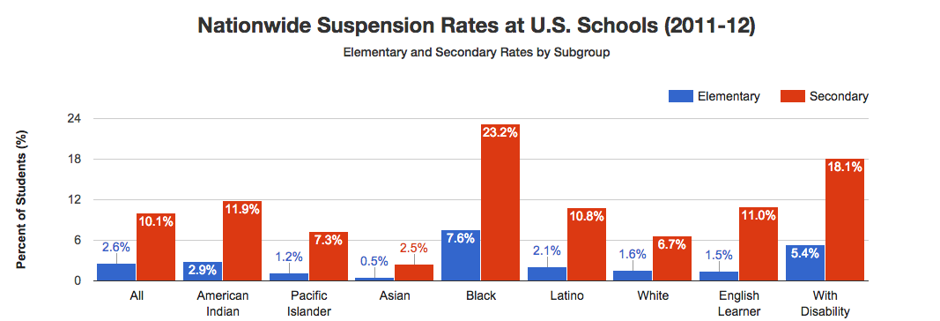Audi introduces 2016 A8 L 4.0T Sport model

Featuring more power and enhanced luxury inside and out, the Audi A8 L 4.0T Sport model enters the Audi lineup for 2016. The variant of the Audi A8 flagship sedan boasts an enhanced 4.0T twin turbo V8 engine achieving an impressive 450 hp, an increase of 15 hp from the previous 4.0T model. The Sport model also includes a muscular front fascia with larger air intakes for a more commanding presence on the road.
The bumper of the A8 L 4.0T Sport has been lowered for a more performance-oriented look and the sides of the sedan have been given more prominent rocker panels to give the vehicle a wider stance. On the rear of the car, the lower bumper has been reshaped for a more dynamic appearance. The A8 L 4.0T Sport comes standard with 20’’ 5-double spoke wheels and is available with two additional 20’’ wheel options. Also available are 21’’ 5-arm wheels with summer tires.
The interior of the A8 L 4.0T Sport model has been designed for ultimate comfort. The standard Executive and Luxury packages offer 22-way Comfort front seats with Valcona leather and a sporty diamond pattern stitching. The front seats also include ventilation and massage functions. Also standard is an Alcantara headliner, panoramic sunroof and acoustic glazing on the windows creating an interior experience that is more luxurious than ever.
Innovative Audi driver assistance functions include Audi side assist with pre sense rear, which can aid the driver when changing lanes and helps monitors the traffic following the vehicle and Audi head-up display with navigation information. Also available is Audi adaptive cruise control with stop & go.
Summary of full equipment for the 2016 Audi A8 L 4.0T Sport model:
- An enhanced 4.0T twin turbo V8 engine achieving an impressive 450 hp in total, an increase of 15 hp from the previous 4.0T model
- Sport style exterior; completely new lower bumper and reshaped rear bumper; more prominent side rocker panels; more muscular shape and less chrome accents
- Standard 20” 5-double spoke wheels with all-season tires; available 21” 5-arm wheels with summer tires
- 22 way Comfort Sport seats with ventilation and massage functions
- Head Up Display
- Audi side assist with Audi pre sense rear
- Valcona leather interior with diamond pattern stitching
- Alcantara headliner
- Standard Executive, Luxury and Sport style packages
- Panoramic sunroof
- Acoustic glazing on the windows
Model year 2016 A8 L 4.0T Sport starting manufacturer suggested retail prices:
(Excluding destination charge, taxes, title, options and dealer charges)
| Model | MSRP |
| Audi A8 L 4.0T Sport | $90,500* |
*Prices above exclude destination charges ($925), taxes, title, optional equipment, and dealer charges. Dealer sets actual price.
For more information on the Audi A8 L 4.0T Sport, please visit www.audiusa.com.












